The 140mm Slim Tower CPU Cooler Roundup: Thin & Light Done Just Right
by E. Fylladitakis on May 24, 2017 8:00 AM EST- Posted in
- Cases/Cooling/PSUs
- be quiet!
- Noctua
- Phanteks
- Cooler
- Thermalright
Be Quiet! Shadow Rock Slim
Be Quiet supplies their tower cooler in a black, sturdy cardboard box, with minimal artwork but plenty of information about the cooler printed on all sides of the box. The company straightforwardly advertises that this cooler is capable of handling CPUs with thermal design power (TDP) up to 160 Watts, but this figure alone does not tell much about the overall performance of a cooler.
Inside the box we found a frugal bundle, consisting of a one-fits-all backplate, mounting hardware, a syringe with thermal compound, and a leaflet with very basic installation instructions.
The Shadow Rock Slim initially appears to be a very simple tower cooler that has been designed for 140 mm cooling fans. A closer inspection however reveals a very complex fin cutout that has been developed so as to minimize aerodynamic drag and, in extend, the noise that is being created by the moving airflow. A thicker, decorative metallic plate with the company logo etched on it can be seen at the top of the fin array. Rounded metallic caps cover the heatpipe end points.
Despite its “slim” identification, the Shadow Rock Slim is not really a slim CPU cooler. It certainly is much smaller than the monstrous Dark Rock Pro 3 that we reviewed a couple of years back, but still the body of the cooler alone is 52 mm wide. It comes with one of the company’s better fans, a special 135 mm variation of their “SilentWings” series. These fans feature a rifle bearing engine, which greatly improves the lifetime of the fan relative to the typical sleeve bearings, all the while retaining similar low-noise operation characteristics.
The Shadow Rock Slim is designed with only four heatpipes and a slightly smaller base than that of the other coolers in this review. Its design is sound, with the two middle heatpipes that will be facing the bulk of the thermal energy flow expanding into the edges of the fin array, where the airflow is going to be greater. This is the only cooler of this review that does not have nickel-plated heatpipes, so we can expect that their vibrant polish will soon disappear due to oxidation. (Oxidation doesn't cause any real damage, but it does eventually affect the cooler’s aesthetics)
The lower half of the cooler’s base is also made out of copper but, unlike the heatpipes, it is nickel plated. It has also been polished down to an immaculate mirror finish. The top half of the base is solid aluminum and does look like a small heatsink, yet its contribution to the overall performance of the cooler will be negligible, it is only meant to provide mechanical cohesion and support for the mounting hardware.


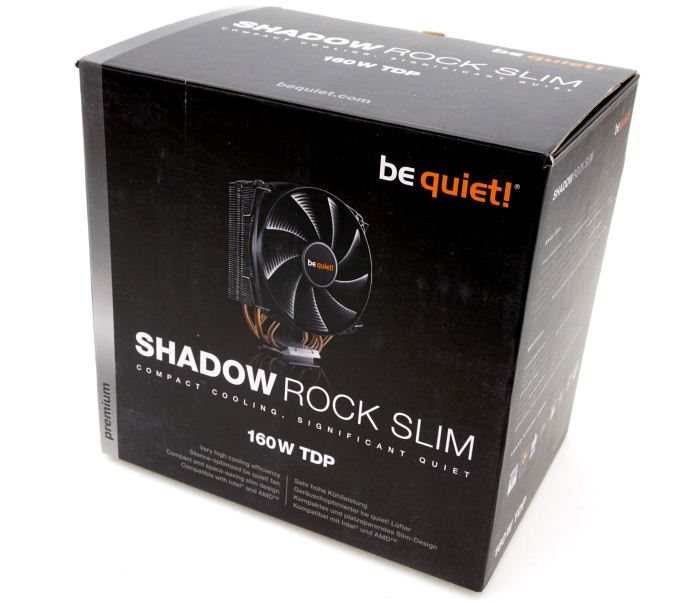
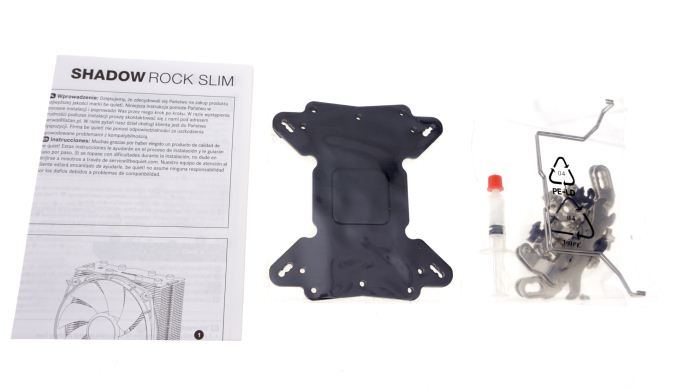

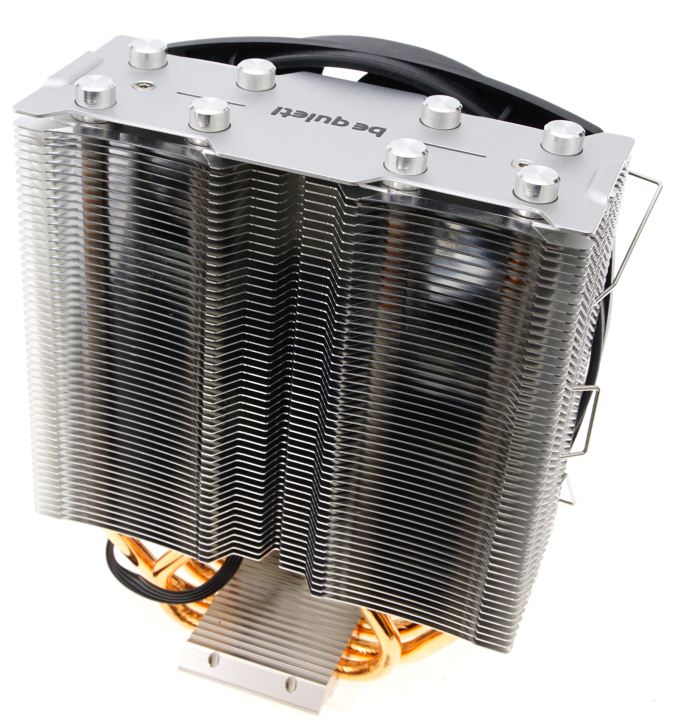
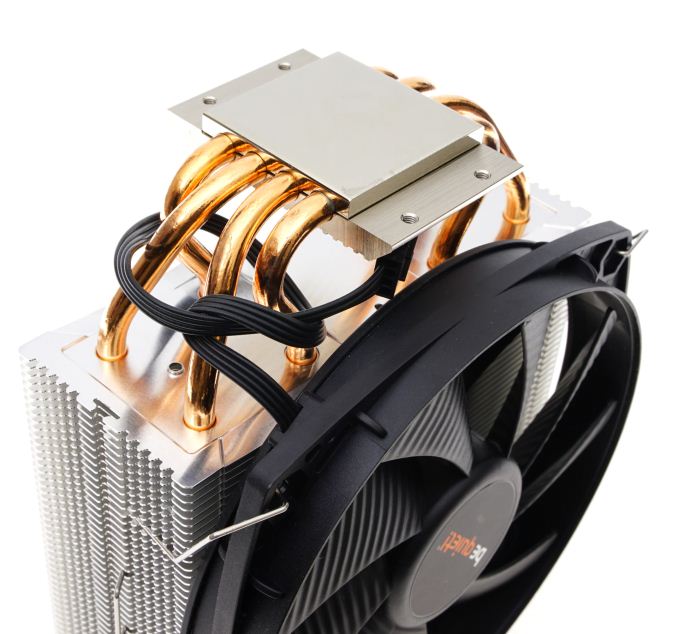
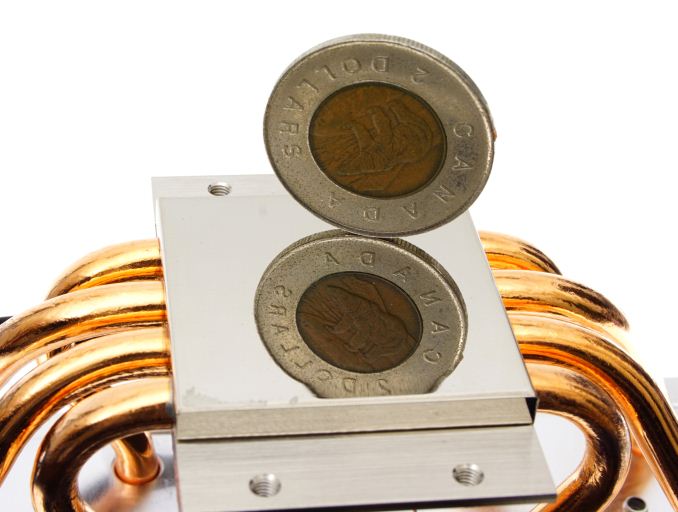








74 Comments
View All Comments
Ian Cutress - Wednesday, May 24, 2017 - link
Are you measuring the heatsink, or the product? A lot of these companies go to great lengths to 'optimize' their fan design.fanofanand - Thursday, May 25, 2017 - link
I see this same type of comment applied to GPUs and cases too. Products should be tested exactly as they are sold. If a company wants to get their price under $x and they skimp on the case fans to do it, the reader should know that so they can price it appropriately by adding in the cost of good fans. Conversely if a company's price is higher but out of the box has the performance you would achieve from changing out the fans then that should be acknowledged and the reader be made aware. The way Anandtech does it is absolutely appropriate and allows the reader to get an accurate picture of what they are getting for the money.snarfbot - Thursday, May 25, 2017 - link
right, and like i said that is good, but when it comes to evaluating what product is best at specific noise levels the picture becomes less clear.isolating the performance of each cooler by using the same fan on each would help in that regard, and would be a cogent data point regardless imo.
in your testing methodology page you didnt mention whether you were using the boxed tim, or something like arctic silver for all products, as it is commonly accepted as the standard by which other tims are measured against in tech circles. i prefer mx-4, because its easier to use, but its good to have a standard to measure against.
you might do that to eliminate one variable from your test, and the same argument could be made for using one common fan across the board for that reason.
Infy2 - Wednesday, May 24, 2017 - link
Some comment on the difficulty of installation would be helpful. The inlcuded Noctua cooler has repuation of being easy to install while the Thermalright is not.gradoman - Saturday, May 27, 2017 - link
Late reply, but Thermalright's installation method is pretty simple these days. I'd say a half-step below Noctua's mounting system, but you're not going to be struggling to pin down sprung screws.https://youtu.be/EDRNBCH1lRA?t=1760
sheh - Wednesday, May 24, 2017 - link
Would be interesting to know their weights.Sivar - Wednesday, May 24, 2017 - link
Thank you for the useful, thorough review!Daisho11 - Wednesday, May 24, 2017 - link
It would be interesting to see how these heatsinks perform when they all use the same fan. Maybe test them all with the Noctua fan or some other popular variant (Corsair, GentleTyphoon, SanAce, etc.)Lolimaster - Thursday, May 25, 2017 - link
The efficieny and temps of Ryzen are so nice that you don't need AIO or big tower coolers, most of the time the stock cooler is more than enough, and it's silent :DI think the best cooler for Ryzen is the Coolermaster Hyper 212X, everything else is basically overkill.
Lolimaster - Thursday, May 25, 2017 - link
This will probably be nice for Ryzen 9 monsters.